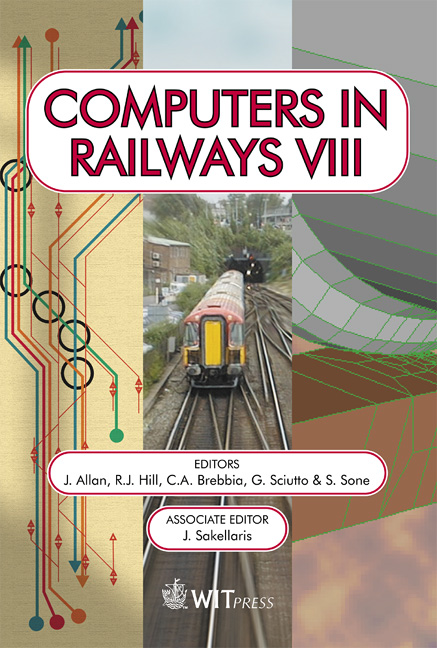Technical Analysis Of The Preliminary Phase Of CBTC Application In Chinese Railways
Price
Free (open access)
Transaction
Volume
61
Pages
8
Published
2002
Size
441 kb
Paper DOI
10.2495/CR020071
Copyright
WIT Press
Author(s)
X Wang, Y Zhang & J Wang
Abstract
Train control around the world is undergoing a transition period from TBTC to CBTC, which marks a new era of railway signaling technology. Radio based automatic block system has long been proposed in Chinese railway in the beginning of 1960’s, however, it was suspended for various reasons. Now, as a big project in the development of northwest part of China, a railway line running though Qinghai-Tibetan plateau with a total length of 1114 kilometers is under construction. Because 90% of the railway line passes through frozen soil areas, TBTC of any kind cannot be applied. Therefore, CBTC is the only choice. Besides of cold weather, there are many other special environmental issues, such as low population density, bad living conditions, etc, making the construction of the railway line very difficult. There are also many difficulties in implementing CBTC on the railway line. This paper focuses on describing the techniques of implementing the preliminary phase of CBTC in the Qinghai-Tibetan railway. In order to improve the reliability, availability, maintainability and safety (RAMS), many measures have been adopted, especially, the three-dimension theory and technology of combining ‘dedicated address’, and ‘time stamp’ and ‘registration number’ has been used. Combining these measures with ARQ methods, a closed- loop control system can be constituted to ensure traffic safety and satisfy the required traffic efficiency.
Keywords





